42 colored flowers science project hypothesis
Colorful Carnations: Hands-on with Capillary Function - Science Buddies Sometimes your student might surprise you by assimilating the information and coming back with questions or suggestions, as this student did. She made the leap to wondering what would happen if they put flowers in colored water, and her mother took the next step—hands-on science at home. "Of course, one color was not enough in our household. How Light Affects Plant Growth | Science project - Education Add to collection. Background: The relationship between light and plant growth can be demonstrated by exposing leaves to various colors of light. Light supplies the power to carry on photosynthesis, the food-making process in leaves. But the spectrum of light most utilized by a leaf is limited to three distinct colors, red, blue and yellow.
Staining Science: Capillary Action of Dyed Water in Plants Tip: You could try (1) leaving the flower for a day in one color of water and then putting it in another color of water for a second day or (2) splitting the end of the stem in two and immersing ...

Colored flowers science project hypothesis
Experiment On Flowers That Change Color | Science Project Ideas Color Changing Flowers Color Changing Flowers Experiment Hypothesis On immersing the stems of white flowers in food coloring solutions, the petals will be seen to change their color. Supplies 5 white flowers with long stems without any leaves (carnations, daisies, roses or chrysanthemums work well) Water Springtime Science: Exploring the Pigments in Flowers Procedure. • Place a piece of scratch paper on a hard, flat surface. (Some pigments can stain so you will want to protect the surface with this piece of scratch paper.) Put one of the paper ... Reveal the Red: Exploring the Chemistry of Red Flower Pigments Flowers contain an assortment of amazing chemicals that produce color. In this plant biology project, you will analyze the colored pigments in different plants' red flower petals using paper chromatography, and compare the pigments in the different flowers. Summary Areas of Science Plant Biology Difficulty Time Required Very Short (≤ 1 day)
Colored flowers science project hypothesis. Color Changing Flowers Science Experiment - Fun Learning for Kids Observing the Flowers Change Color We did this color changing flower experiment in the early evening and we started to see changes within a couple of hours. Some of the flowers started showing faint streaks of color along their petals. By the next morning, most of them were even more colorful. Amazing Color Changing Flowers Experiment - STEAMsational Flowers change color with food coloring due to capillary action. Plants take up water through the roots or stem and bring it up to the flower petals. When the water is dyed, the color moves along with the water and dyes white leaves colors! Why would capillary action be critical for plants to survive? Amazing Food Coloring Flower Science Experiment w/ FREE Worksheet This is an EPIC spring and summer flower science projects. Dyed flower experiment Now, for this flower science project, place one flower in each colored water cup. Take the flower whose stem you cut in half and put one part of the stem in one color and the other part of the stem in the other colored water. Colour Changing Flowers Science Experiment - A fun science project for ... You can use any white flowers for this colour changing flower experiment, we used large white daisys, but you could use white roses or carnations. The important thing is to use white flowers so that you can see the colour changes clearly. Make sure that you cut the stems diagonally across the bottom so they can drink up the coloured water easily.
Color Changing Flowers - The Stem Laboratory We made an entire rainbow: red, orange, yellow, green, blue and purple. The kids placed a few flowers in each container and then we waited to see what would happen. Color Changing Daisies It took a few hours for anything visual to happen. During that time, we talked about how plants drink water. Dyed Flowers Science Experiment - The Imagination Tree The brightly coloured water changes the bright white flowers in a short space of time and that again makes it perfect for little ones who don't have too much patience for drawn out experiments! In order to do this you simply need: a few stems of bright, white flowers such as chrysanthemums, gerberas or carnations Colored Flower Experiment: Spring Science for Kids Instructions for you Colored Flower Science Experiment The set up for this experiment is really easy. Step 1: Take your white flower and trim it down so you only have a short stem. Trim it on a diagonal. Step 2: Fill a cup with water and add 10-15 drops of food coloring. (Note: Warm water helps the experiment happen a little faster.) Color Changing Flowers - Little Bins for Little Hands THE SCIENCE OF COLOR CHANGING FLOWERS The cut flowers take up water through their stem and the water moves from the stem to the flowers and leaves. Water travels up tiny tubes in the plant by a process called Capillary Action . Putting a colored dye in the water in the vase allows us to observe capillary action at work. What is capillary action?
Writing a Hypothesis for Your Science Fair Project A hypothesis is a tentative, testable answer to a scientific question. Once a scientist has a scientific question she is interested in, the scientist reads up to find out what is already known on the topic. Then she uses that information to form a tentative answer to her scientific question. Dyed Carnations Science Experiment for Kids! - Little Passports Instructions. Step 1: Add 10 drops of food coloring into a small vase. Step 2 : Fill with water. Add more drops if necessary to achieve a darker color. Step 3: Cut each stem of your carnations on an angle and place inside a vase. Step 4: Wait and watch! Science Experiment & Colored Flowers - Confessions of a Homeschooler First we filled our mason jars about half way with water. Then added one color of food coloring to each jar, make sure to add enough coloring to make your water quite saturated with color. In the photo below, the third one over looks like light blue, but it's actually purple. I didn't put enough coloring in so I'll have to go back and add ... Coloring Carnations Science Experiment - ThoughtCo Coloring Carnations Science Experiment Why the Carnations Change Color Like any other plant, carnations get their nutrients through the water they absorb from the dirt they are planted in. When the flowers are cut, they no longer have roots but continue to absorb water through their stems.
Color-Changing Flowers - Capillary Action Science Experiment Color Changing Flower Experiment Trim the bottom of the flower stem to open up fresh veins and make the carnation flower fit in the conatiner of our choice. We used test tubes to feel more like a flower science experiment for kids. Now fill the conatiner almost to the top with really warm water and 20 drops+ of liquid food coloring.
Color Changing Flowers Science Project - Rookie Parenting Color Changing Flowers Science Project Active Time: 15 minutes Additional Time: 1 day Total Time: 1 day 15 minutes White flowers are great for doing this color changing experiment. They change colors almost overnight. Other types of flowers such as daisies can take a lot longer (more than 10 days). Materials
Reveal the Red: Exploring the Chemistry of Red Flower Pigments Flowers contain an assortment of amazing chemicals that produce color. In this plant biology project, you will analyze the colored pigments in different plants' red flower petals using paper chromatography, and compare the pigments in the different flowers. Summary Areas of Science Plant Biology Difficulty Time Required Very Short (≤ 1 day)
Springtime Science: Exploring the Pigments in Flowers Procedure. • Place a piece of scratch paper on a hard, flat surface. (Some pigments can stain so you will want to protect the surface with this piece of scratch paper.) Put one of the paper ...
Experiment On Flowers That Change Color | Science Project Ideas Color Changing Flowers Color Changing Flowers Experiment Hypothesis On immersing the stems of white flowers in food coloring solutions, the petals will be seen to change their color. Supplies 5 white flowers with long stems without any leaves (carnations, daisies, roses or chrysanthemums work well) Water


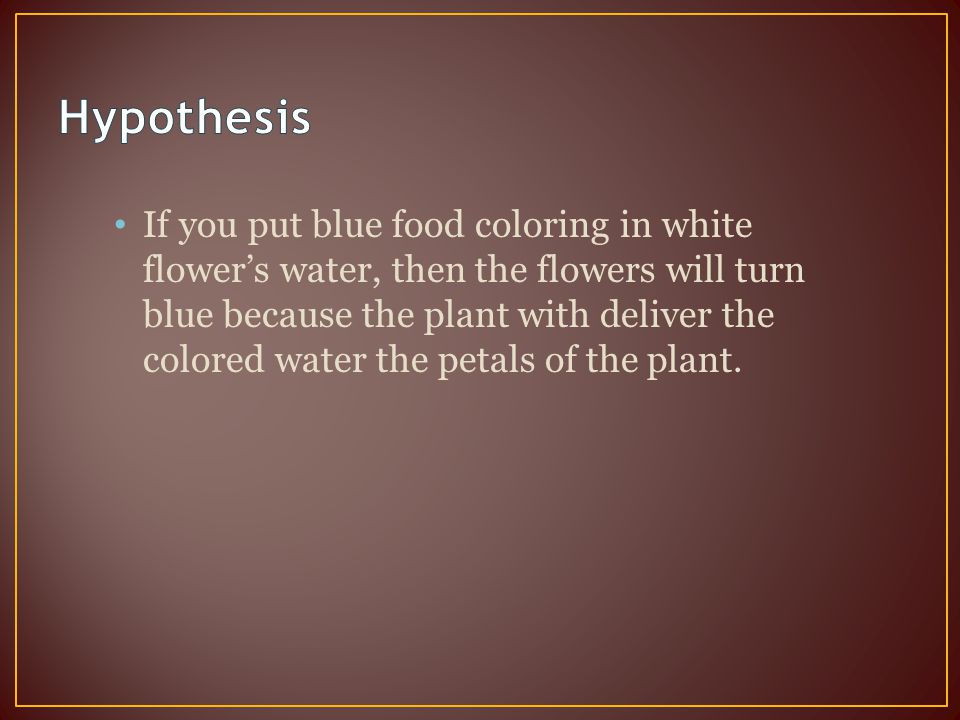

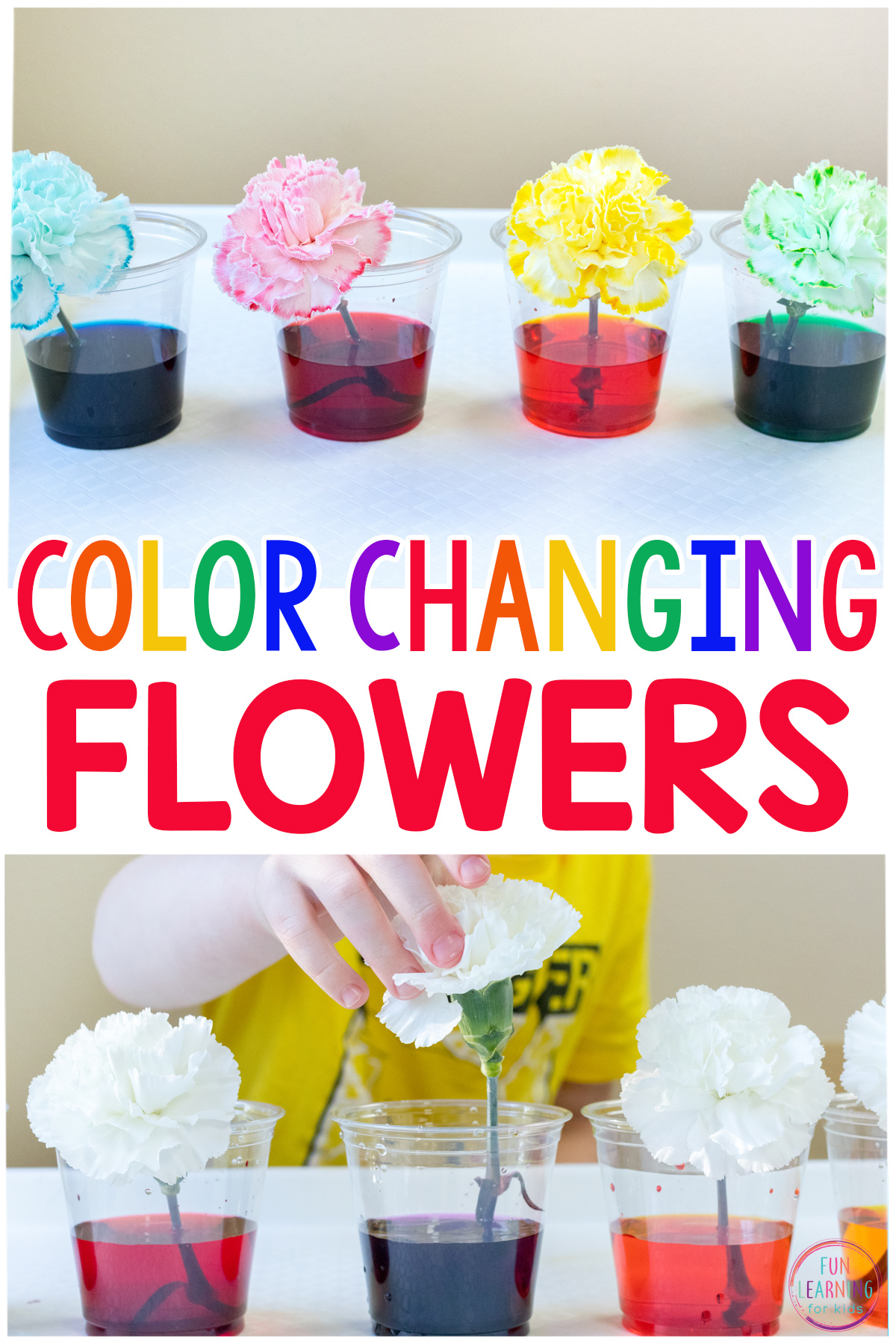




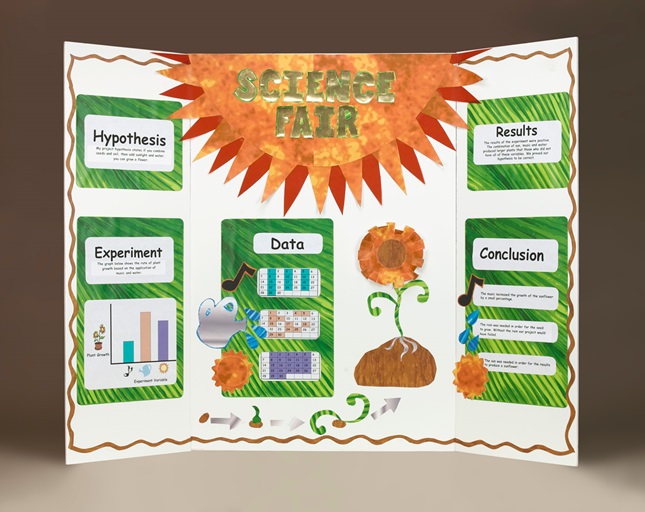
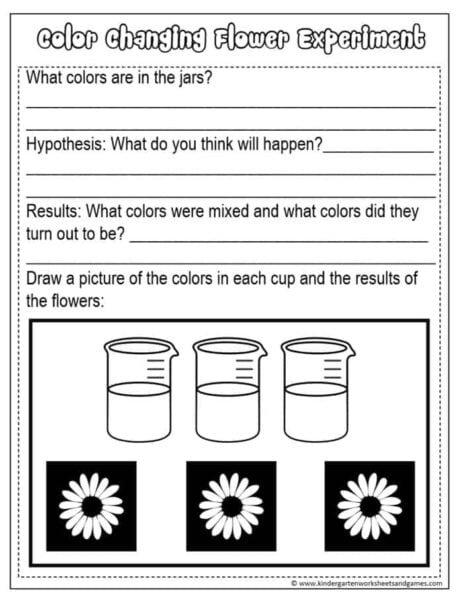
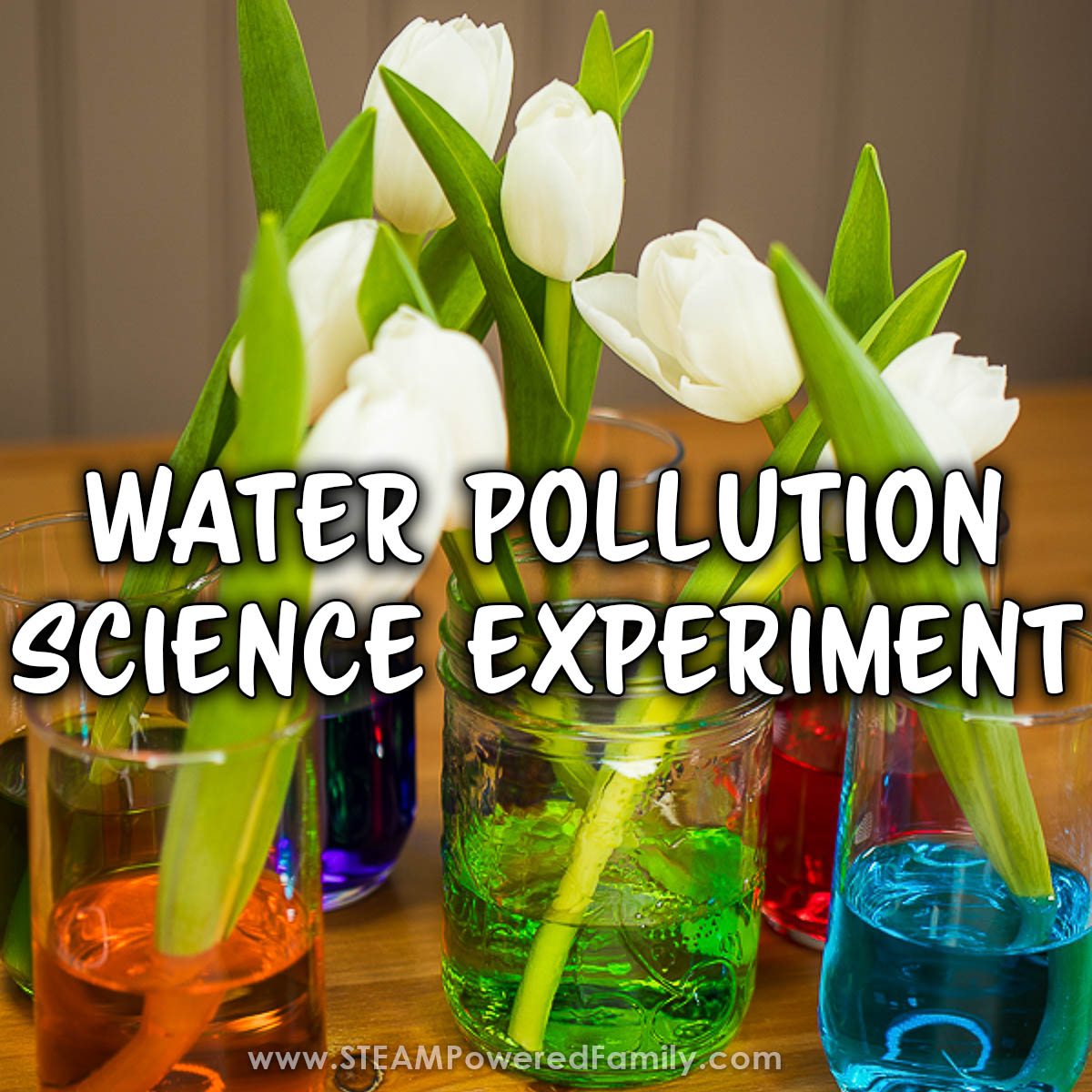


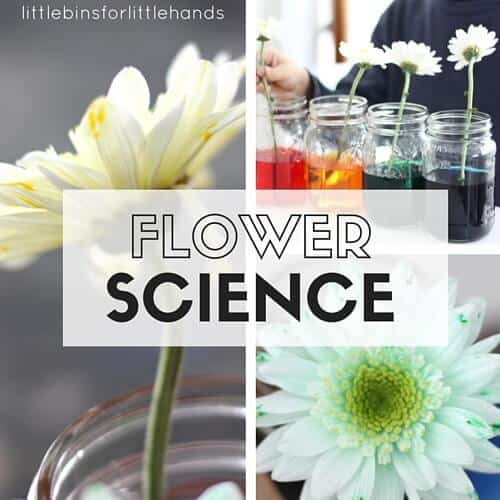
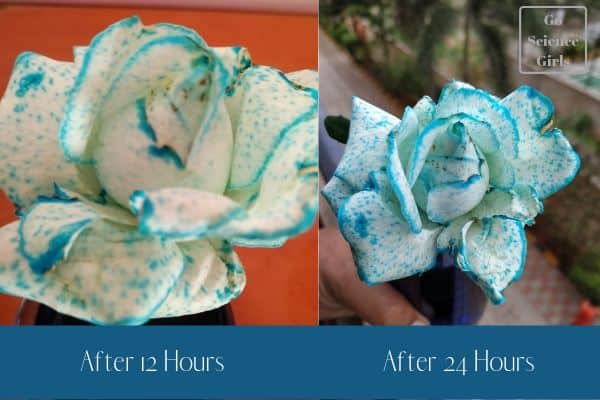



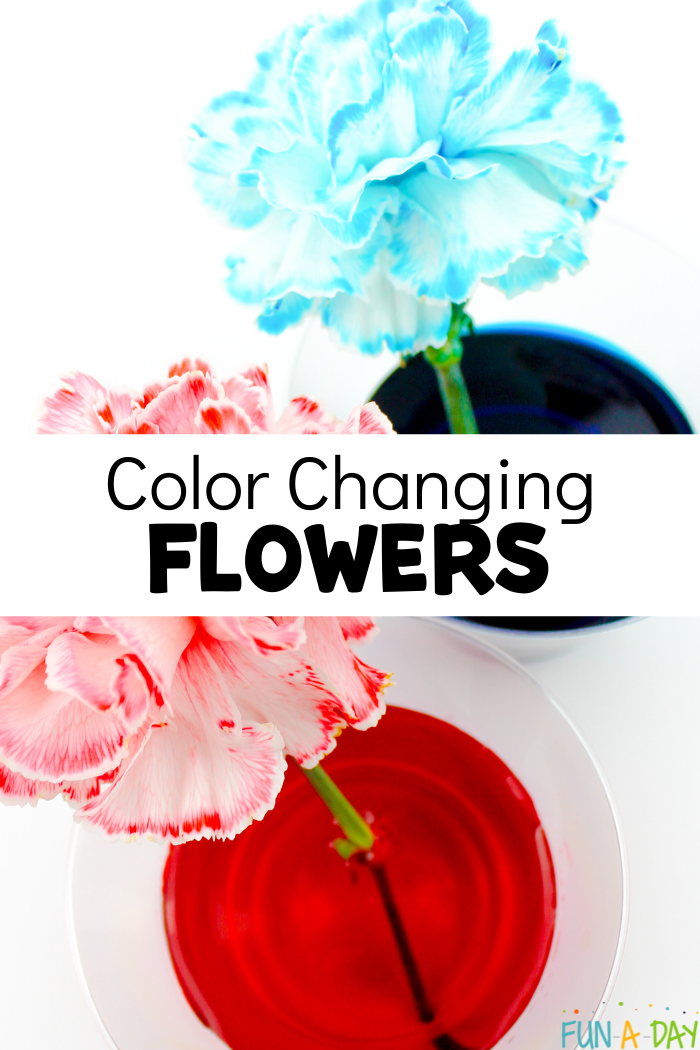

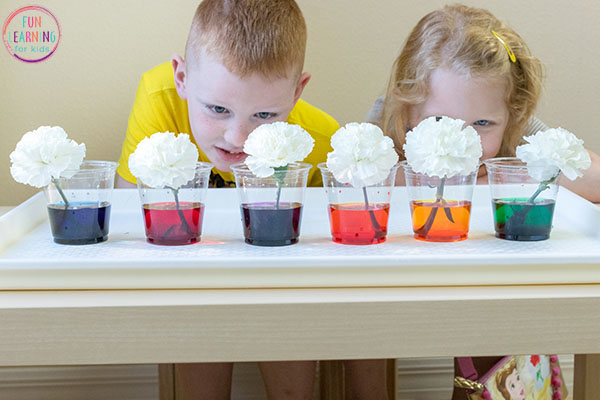
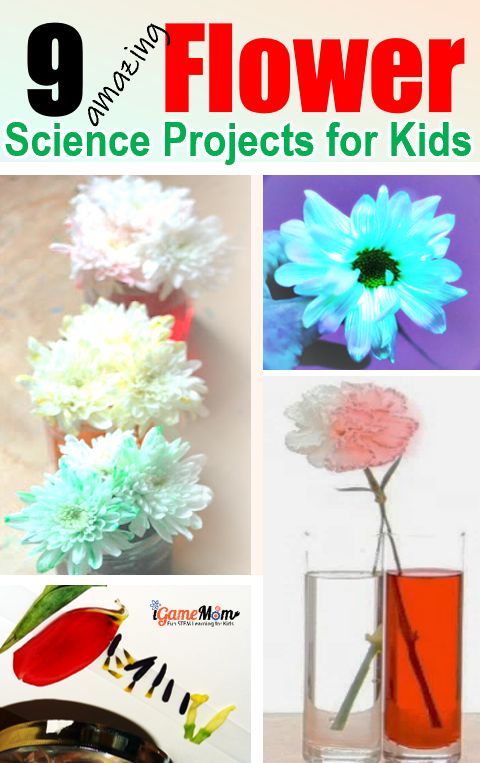

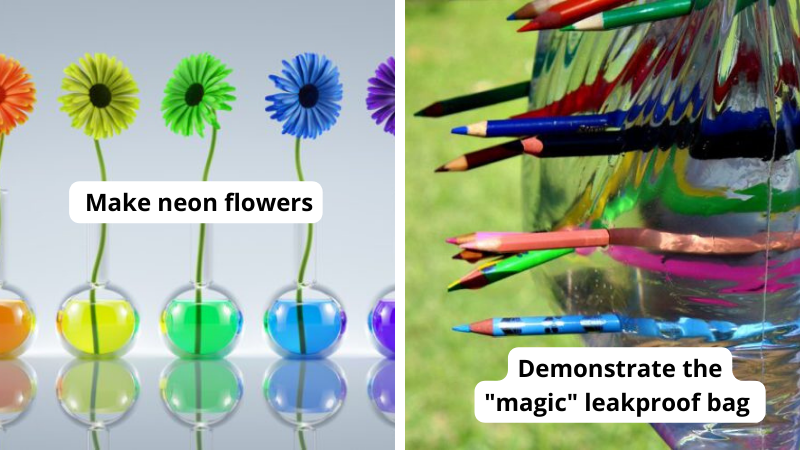

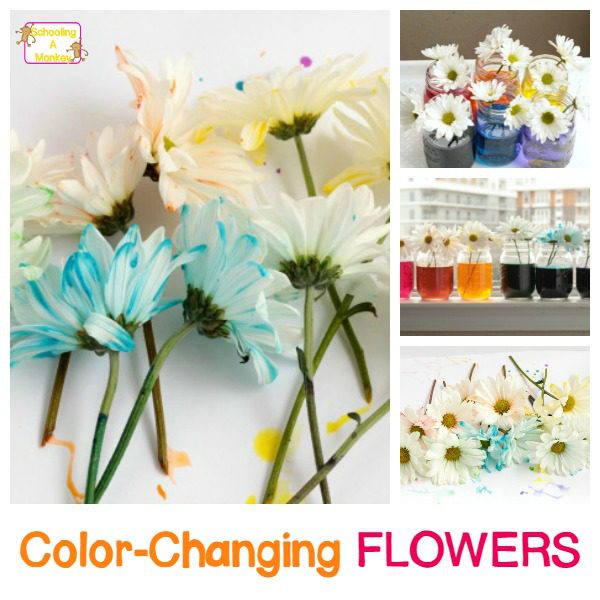
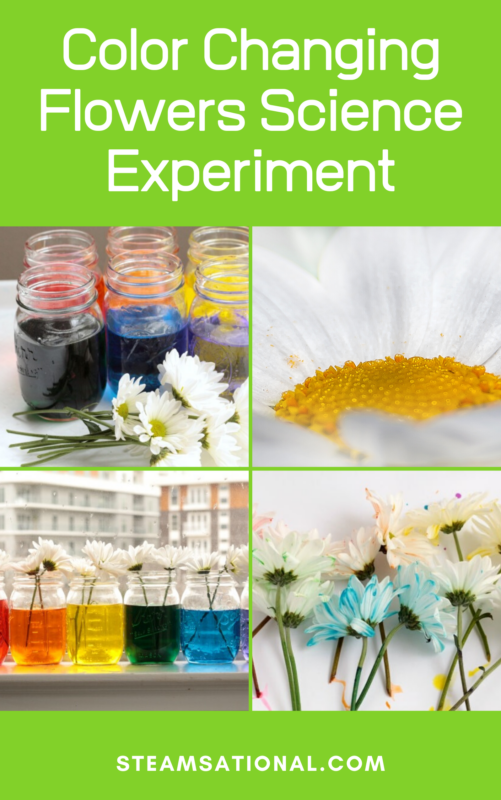




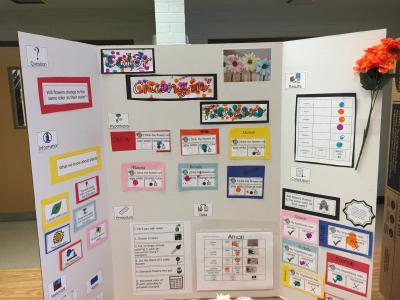
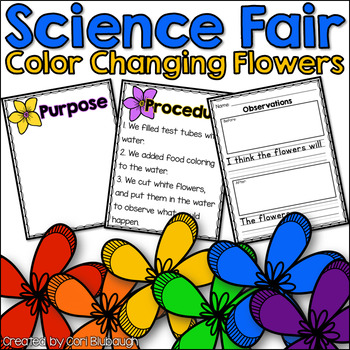
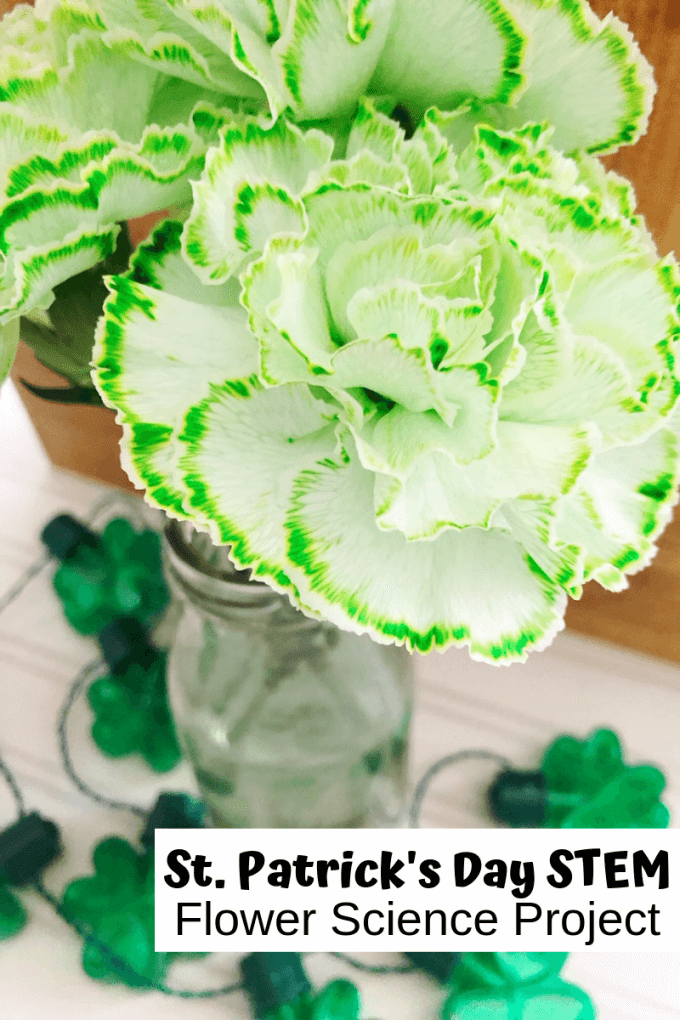
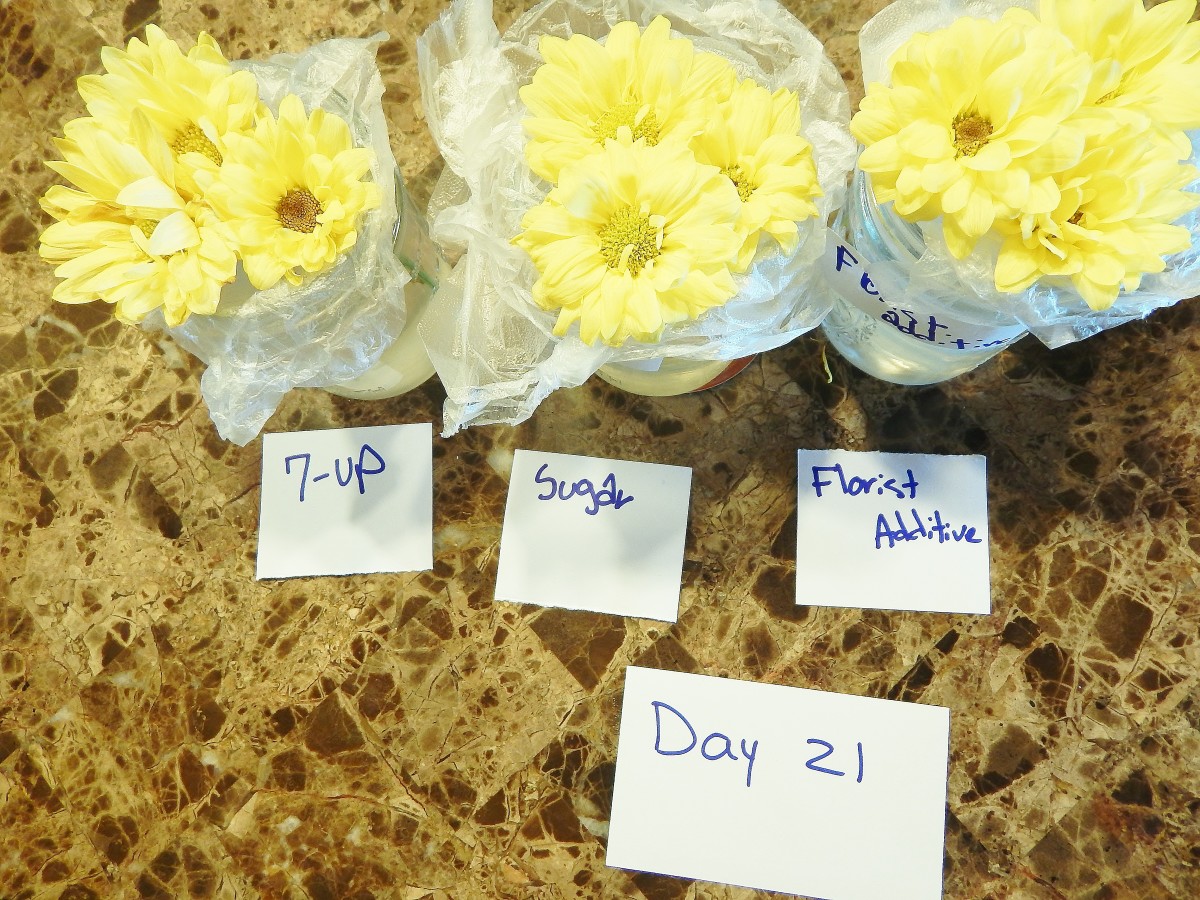

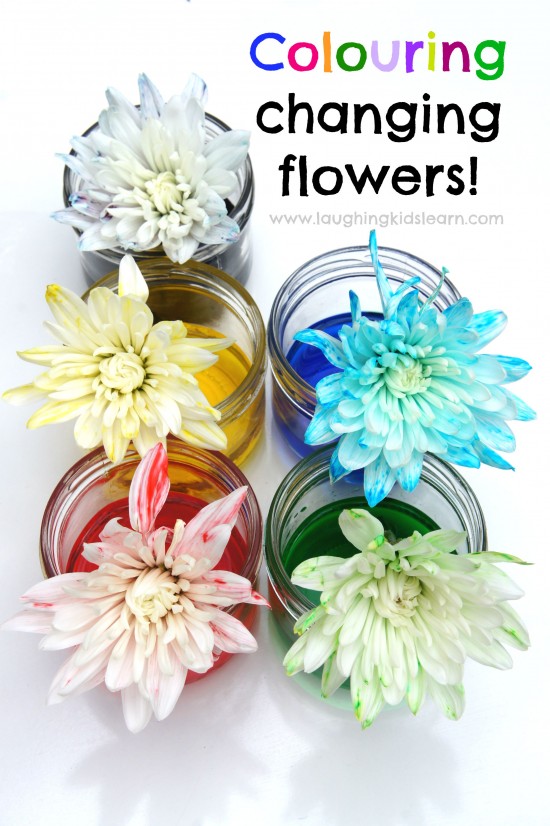
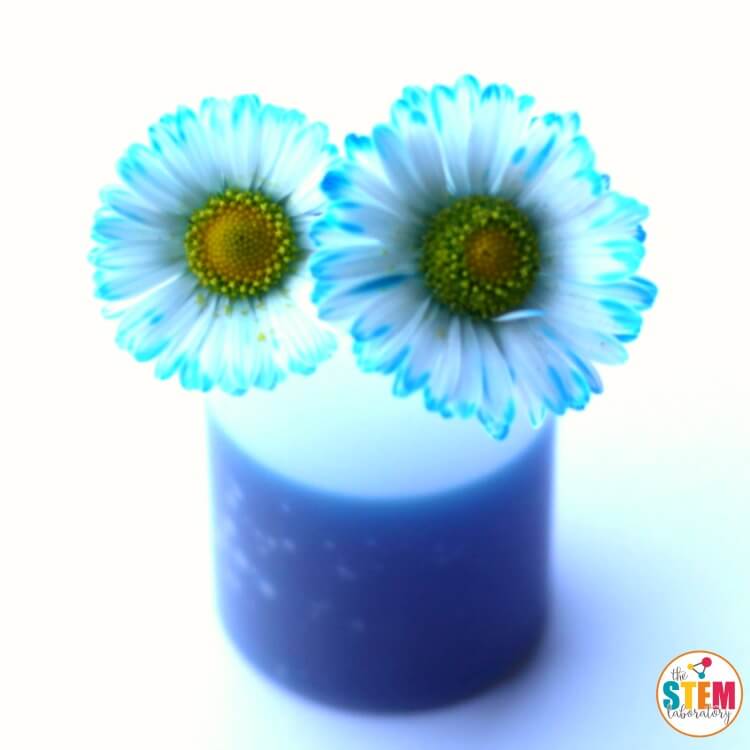


0 Response to "42 colored flowers science project hypothesis"
Post a Comment